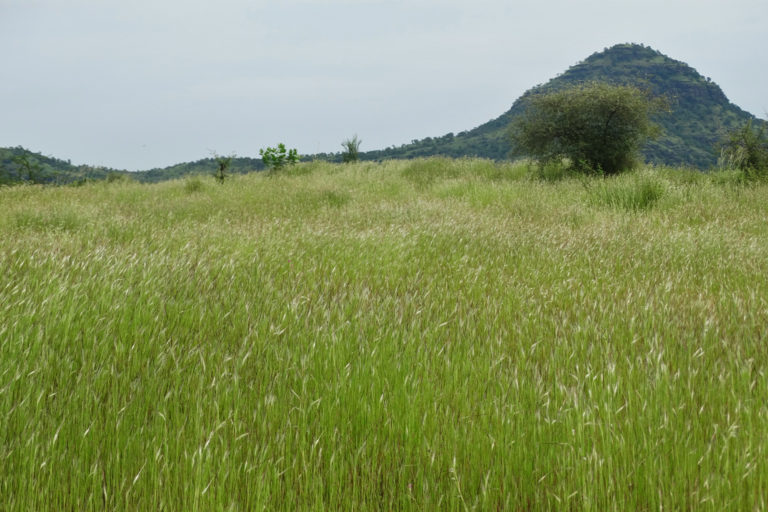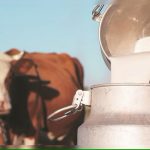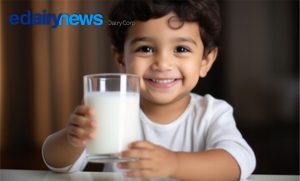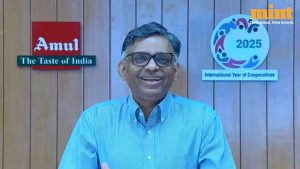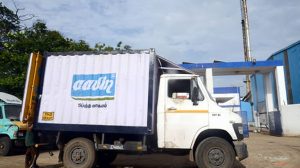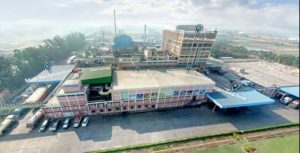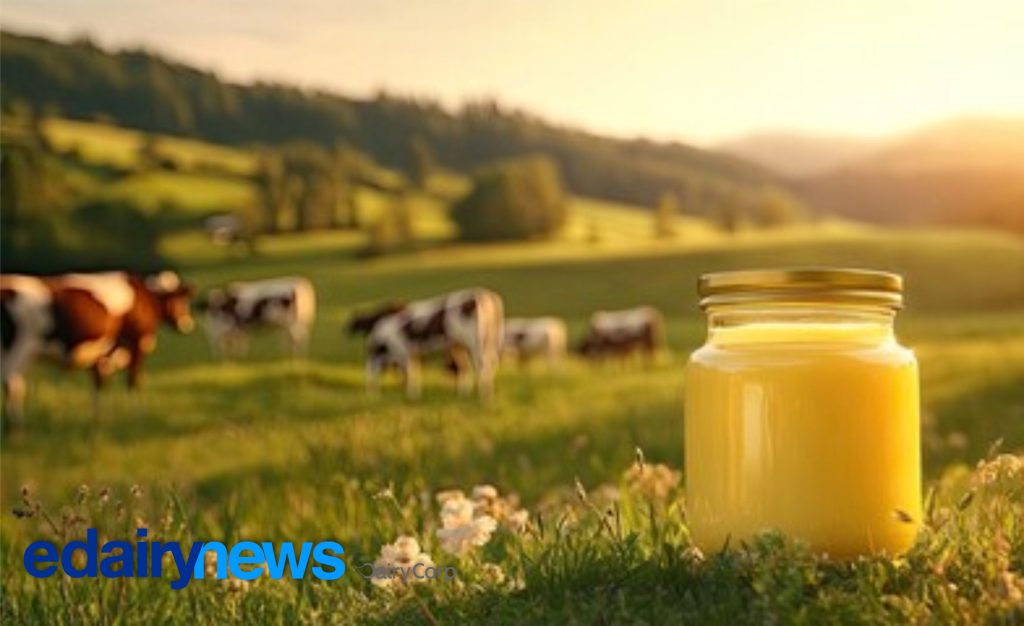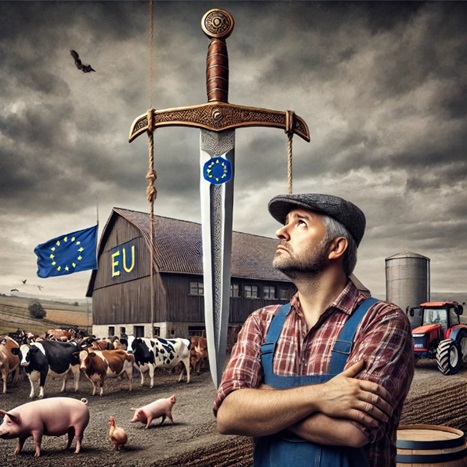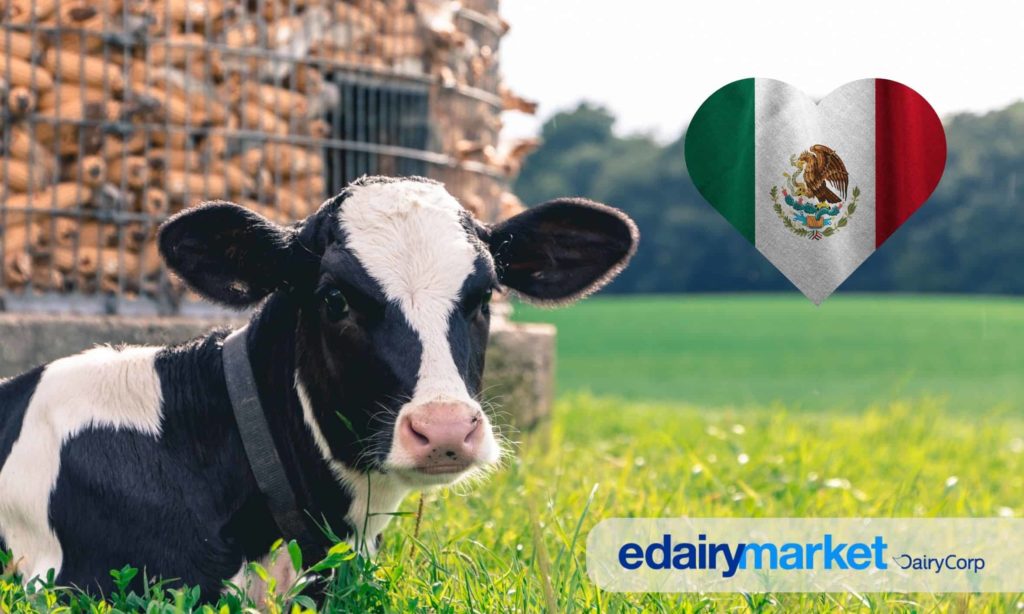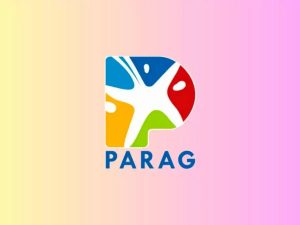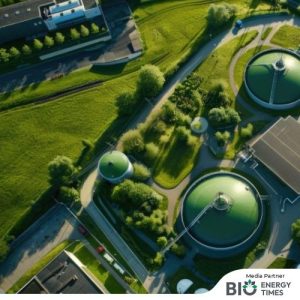
In Goa’s forested hinterlands, between mist-covered foothills and shaded plateaus, lives a community whose rhythms are set not by clocks but by rain clouds and grass.
The Dhangars—traditional pastoralists and millet cultivators—have for generations lived in sync with the terrain, moving with their livestock through the lush but rugged corridors of the Western Ghats.
Their way of life, built on rain-fed millets and cattle herding, is a model of ecological wisdom. “It’s a culture shaped by generations of living with the land and adapting to its constraints,” says Ruchika Tiku, an environmental science researcher at Goa University, whose Goa Water Stories project explores the socio-ecological traditions of Goa’s Dhangars.
The Dhangars’ intimate knowledge of the Western Ghats’ ecology has allowed them to thrive in these challenging terrains. “They knew where the streams reappeared after the first rains, which slopes held the richest grass, and where to sow millets for the best yield with the least water,” Tiku explains.
These semi-nomadic communities, settled in areas like Pernem, Sattari, Quepem and Canacona, would migrate seasonally through the forests with herds of goats and buffaloes—each household managing dozens of animals. “Their protein-rich diet of milk and millet gave them tremendous strength, and it shows—I met several elders over a hundred years old who were ambulatory, lucid, and proud keepers of oral traditions,” she says.
Natural springs and seasonal streams once dotted their routes. “Mineral-rich water from these sources wasn’t just for survival—it was something to relish,” says Tiku. “Now, tap water is available in many settlements, but they describe it as tasteless in comparison.”
The construction of the Mopa airport in Pernem has disrupted this delicate balance. “What were once perennial springs and stream-fed pools like Vajar and Foparne are now filled with rubble or drying out,” says Dhangar farmer Dnyaneshwar Varak. “Earlier, we walked a kilometre to fetch water for ourselves and our cattle. Now, we walk five. There’s barely any agriculture, and food-bearing trees have dwindled.”
Despite a Supreme Court directive to protect natural water sources, little was done to shield them from construction debris. “The plateau once absorbed monsoon rain, slowly releasing it into aquifers and wells below. That cycle is broken. Now, rain rushes off the concrete, flooding villages and draining away,” Tiku says.
The loss isn’t just environmental—it’s cultural. The Dhangars’ agricultural practices, especially millet cultivation, supported not just their families but their herds. Post-harvest crop residue served as nutritious fodder, boosting milk yield and quality. Their sustainable practice of grazing cattle on crop residue contrasts starkly with the modern habit of burning crop waste.
“Water sources and their location are not just physical—they define ways of life,” Tiku reflects. “And when you destroy those sources, you erase cultures.”
As Goa eyes rapid urban expansion, Tiku hopes it won’t repeat the mistakes of other once-biodiverse regions. “Goa has a chance to protect its rich ecology and support models of development that work with nature, not against it. Green industries, research institutions, sustainable agriculture—these aren’t pipe dreams. They’re possibilities.”
What’s needed now, she says, is a shift in priorities. “Development can’t come at the cost of erasing the very ecosystems that sustained people for centuries. The Dhangars are proof that coexisting with nature isn’t primitive—it’s profoundly wise.”
Goa Water Stories is a collaboration with the Living Waters Museum, the Centre for Public Policy and Governance at the Goa Institute of Management, the Goa University and the Sunaparanta Goa Centre for the Arts
You can now read the most important #news on #eDairyNews #Whatsapp channels!!!
🇮🇳 eDairy News ÍNDIA: https://whatsapp.com/channel/0029VaPidCcGpLHImBQk6x1F
